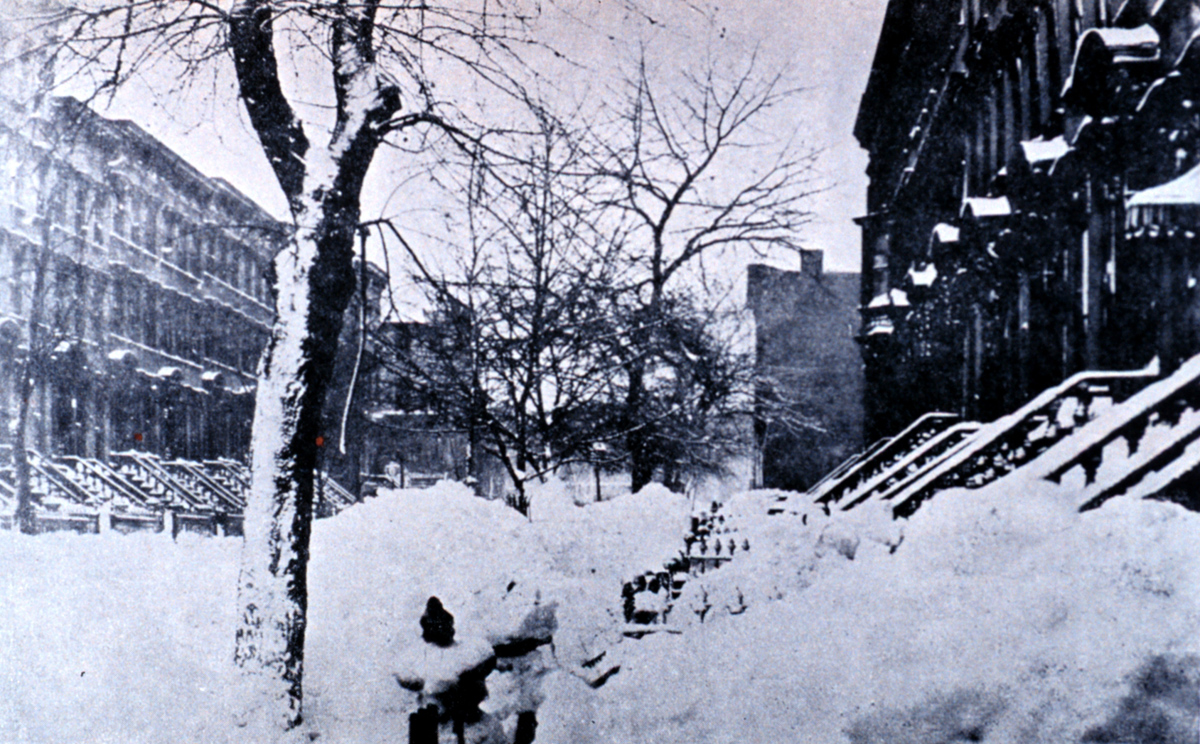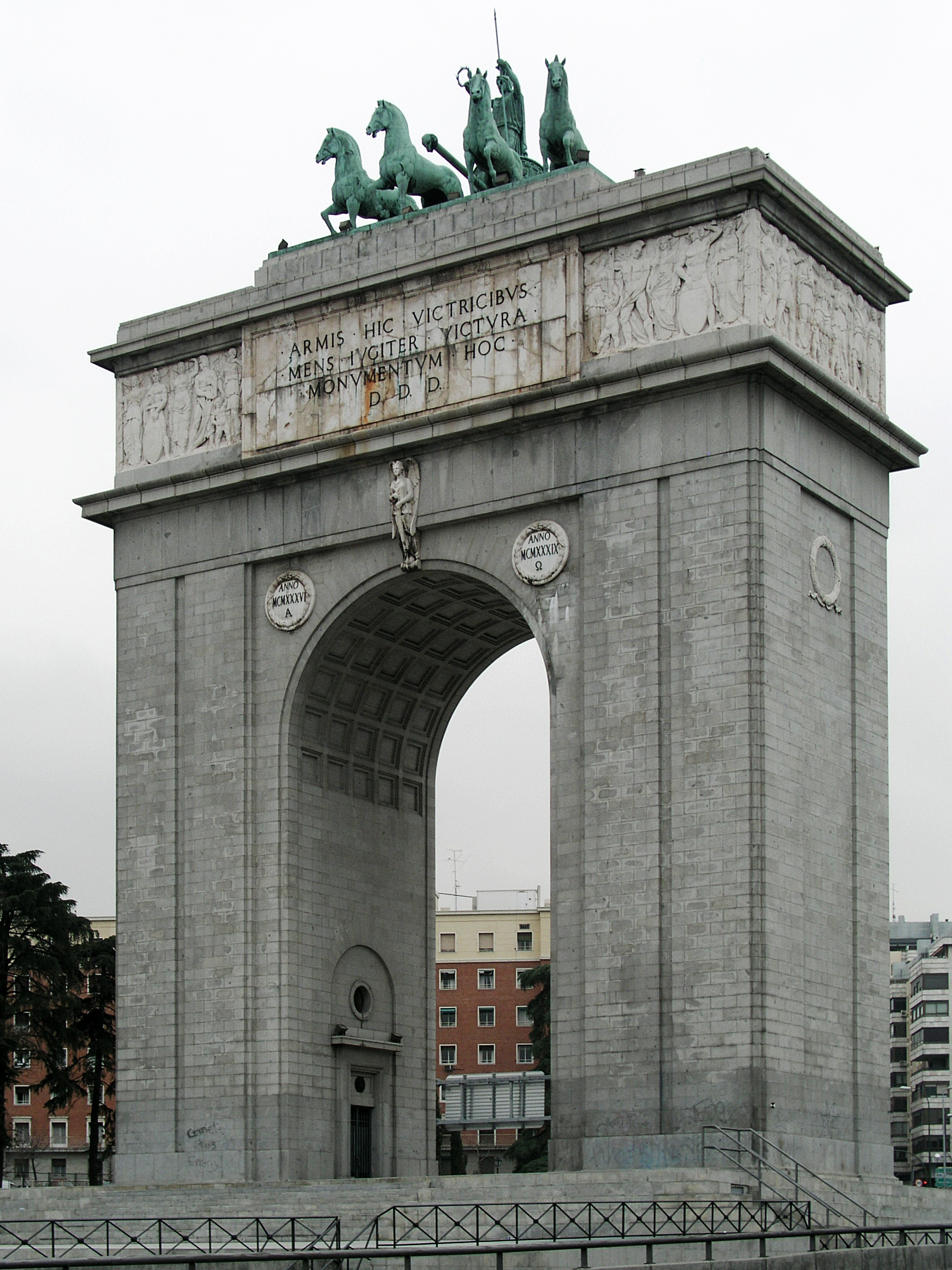|
Alfonso Peña Boeuf
Alfonso Peña Boeuf (23 January 1888 – 1 February 1966) was a Spanish civil engineer and administrator. He was Minister of Public Works from 1938 to 1945 in the government of General Francisco Franco. He did much to reconstruct the roads and railways that had been devastated during the Spanish Civil War (1936–39) and launched a massive hydrological program for electricity and irrigation. Early career Alfonso Peña Boeuf was born on 23 January 1888 in Madrid. He worked as a highway engineer before the Spanish Civil War (1936–39), and wrote several technical books. He became a professor at the Escuela de Ingenieros de Caminos, Canales y Puertos (School of Engineering of Roads, Canals and Ports). In December 1933 he was elected to the Royal Academy of Sciences (Real Academia de Ciencias), where he delivered a talk in June 1934 on ''The Resonance of Structures''. In 1934 Manuel Sánchez Arcas and Eduardo Torroja founded the Instituto Técnico de la Construcción y Edificació ... [...More Info...] [...Related Items...] OR: [Wikipedia] [Google] [Baidu] |
Ministry Of Public Works And Transport (Spain)
The Ministry of Transport and Sustainable Mobility (MITMA) (), traditionally known as the Ministry of Development (MIFOM), is the department of the Government of Spain responsible for preparing and implementing the government policy on land, air and maritime transport infrastructure and the control, planning and regulation of the transport services on this areas. It is also responsible for guaranteeing access to housing; urban, soil and architecture policies; planning and controlling the postal and telegraph services, directing the services related to astronomy, geodesy, geophysics and mapping, and planning and programing the government investments on infrastructure and services related to this scope. The Ministry's headquarters are in the New Ministries government complex. MITMA is headed by the Minister of Transport, Mobility and Urban Agenda, who is appointed by the King of Spain at request of the Prime Minister. The Minister is assisted by two main officials, the Secretar ... [...More Info...] [...Related Items...] OR: [Wikipedia] [Google] [Baidu] |
Ramón Serrano Suñer
Ramón Serrano Suñer (12 September 1901 – 1 September 2003), was a Spanish politician during the first stages of the Francoist dictatorship, between 1938 and 1942, when he held the posts of President of the FET y de las JONS caucus (1936), and then Interior Minister and Foreign Affairs Minister. A neofalangist originally from the CEDA, Serrano Suñer came to embody the most totalitarian impetus within the regime. Serrano Suñer was known for his pro-Third Reich stance during World War II, when he supported the sending of the Blue Division to fight along with the Wehrmacht on the Russian front. He was also the brother-in-law of Francisco Franco's wife Carmen Polo, for which he was informally nicknamed ''Cuñadísimo'' or the "most brother-in-law" (in comparison, the dictator himself was styled as '' generalísimo''). Serrano Suñer was the founder of the 67,000-strong Spanish blind people's organization ONCE on 13 December 1938, as well as of the EFE press-agency, in ... [...More Info...] [...Related Items...] OR: [Wikipedia] [Google] [Baidu] |
1966 Deaths
Events January * January 1 – In a coup, Colonel Jean-Bédel Bokassa takes over as military ruler of the Central African Republic, ousting President David Dacko. * January 3 – 1966 Upper Voltan coup d'état: President Maurice Yaméogo is deposed by a military coup in the Republic of Upper Volta (modern-day Burkina Faso). * January 10 ** Pakistani–Indian peace negotiations end successfully with the signing of the Tashkent Declaration, a day before the sudden death of Indian prime minister Lal Bahadur Shastri. ** Georgia House of Representatives, The House of Representatives of the US state of Georgia refuses to allow African-American representative Julian Bond to take his seat, because of his anti-war stance. * January 15 – 1966 Nigerian coup d'état: A bloody military coup is staged in Nigeria, deposing the civilian government and resulting in the death of Prime Minister Abubakar Tafawa Balewa. * January 17 ** The Nigerian coup is overturned by another faction of the ... [...More Info...] [...Related Items...] OR: [Wikipedia] [Google] [Baidu] |
1888 Births
Events January * January 3 – The great telescope (with an objective lens of diameter) at Lick Observatory in California is first used. * January 12 – The Schoolhouse Blizzard hits Dakota Territory and the states of Montana, Minnesota, Nebraska, Kansas and Texas, leaving 235 dead, many of them children on their way home from school. * January 13 – The National Geographic Society is founded in Washington, D.C. * January 19 – The Battle of the Grapevine Creek, the last major conflict of the Hatfield–McCoy feud in the Southeastern United States. * January 21 – The Amateur Athletic Union is founded by William Buckingham Curtis in the United States. * January 26 – The Lawn Tennis Association is founded in England. February * February 27 – In West Orange, New Jersey, Thomas Edison meets with Eadweard Muybridge, who proposes a scheme for sound film. March * March 8 – The Agriculture College of Utah (later Utah State University) i ... [...More Info...] [...Related Items...] OR: [Wikipedia] [Google] [Baidu] |
Red Nacional De Los Ferrocarriles Españoles
Red Nacional de los Ferrocarriles Españoles (RENFE) was a Spain, Spanish State-owned enterprise, state-owned company that operated the national Iberian-gauge railways, Iberian-gauge railway network between 1941 and 2005. For more than six decades and as a monopoly, it was exclusively responsible for the transport of passengers and goods on its lines, as well as for the management of its infrastructure. It was founded in Spain at the beginning of 1941, after the end of the Spanish Civil War, and existed for almost 64 years until its dissolution on December 31, 2004. In compliance with European rail transport regulations, RENFE was divided into two new entities: Administrador de Infraestructuras Ferroviarias, Adif, the largest managing entity of Spanish railway infrastructures, and Renfe, Renfe-Operadora, the company that took over the operation of the publicly owned railroads. Subsequently, as of 2013, the same would happen with Ferrocarriles Españoles de Vía Estrecha, FEVE, the ... [...More Info...] [...Related Items...] OR: [Wikipedia] [Google] [Baidu] |
Tortosa
Tortosa (, ) is the capital of the '' comarca'' of Baix Ebre, in Catalonia, Spain. Tortosa is located at above sea level, by the Ebro river, protected on its northern side by the mountains of the Cardó Massif, of which Buinaca, one of the highest peaks, is located within Tortosa's municipal boundary. Before Tortosa, across the river, rise the massive Ports de Tortosa-Beseit mountains. The area around Mont Caro and other high summits are often covered with snow in the winter. Population centres * Bítem, 1.139; includes Santa Rosa * Campredó, 1.168; * Jesús, 3.755 * Els Reguers, 679 *Tortosa, 27.131 * Vinallop, 363, includes Mianes The municipality includes a small exclave to the west. History Tortosa (from or , via ''Ṭurṭūshah'') is probably identical to the ancient Hibera, capital of Ilercavonia. This may be the ancient settlement the remains of which have been found on the hill named Castillo de la Zuda. In Roman times, the town took the name Dertosa (). To ... [...More Info...] [...Related Items...] OR: [Wikipedia] [Google] [Baidu] |
Alcañiz
Alcañiz () is a town and municipality of Teruel province in the autonomous community of Aragon, Spain. The town is located on the banks of the river Guadalope. Alcañiz is the unofficial capital of the Lower Aragon historical region. It lies some from Teruel, the provincial capital, and from Zaragoza, the capital of Aragon. Alcañiz is the capital of the Bajo Aragón comarca and the second city in the province after Teruel. History The current settlement of Alcañiz dates to the Islamic era in Spain. It was captured by the Christian troops of Alfonso I of Aragon in 1119, but was later taken back by the Moors. It was conquered again by count Ramon Berenguer IV of Barcelona in 1157, and again lost, until it was finally recaptured by his son Alfonso II of Aragon. In 1179 the latter gave the town to the military Order of Calatrava. On 23 May 1809 during the Peninsular War, the Battle of Alcañiz was fought between a Spanish force led by General Blake and French troops comma ... [...More Info...] [...Related Items...] OR: [Wikipedia] [Google] [Baidu] |
José María Aguirre Gonzalo
José María Aguirre Gonzalo (12 August 1897 – 7 April 1988) was a Basque civil engineer, businessman and banker. He played a leading role in the development of the Spanish economy during the reign of Caudillo Francisco Franco that followed the Spanish Civil War (1936–39). Early years (1897–1927) José María Aguirre Gonzalo was born in San Sebastián on 12 August 1897. He studied Civil Engineering at the Escuela Técnica Superior (Higher Technical School) in Madrid. He graduated in 1921. He would later teach accounting and business organization at this school. He then took some courses in Law. He began work with the Otamendi brothers on the Madrid Metro, which by 1919 had opened almost between the Sol and Cuatro Caminos stations. Pre-war years (1927–39) In 1927 Aguirre and his friend Alejandro San Román founded the Agromán construction company. Aguirre was chairman, managing director and then honorary chairman of this company. In its early years Agromán obtained ma ... [...More Info...] [...Related Items...] OR: [Wikipedia] [Google] [Baidu] |
José María Fernández-Ladreda
José María Fernández-Ladreda y Menéndez-Valdés (14 March 1885 – 20 September 1954) was a Spanish general who served as Minister of Public Works of Spain between 1945 and 1951, during the Francoist dictatorship Francoist Spain (), also known as the Francoist dictatorship (), or Nationalist Spain () was the period of Spanish history between 1936 and 1975, when Francisco Franco ruled Spain after the Spanish Civil War with the title . After his death i .... References 1885 births 1954 deaths Public works ministers of Spain Government ministers during the Francoist dictatorship {{Spain-stub ... [...More Info...] [...Related Items...] OR: [Wikipedia] [Google] [Baidu] |
Modesto López Otero
Modesto López Otero (24 February 1883 – 23 December 1962) was a Spanish architect. He taught for many years in the Superior Technical School of Architecture of Madrid. He directed construction of the Madrid University City, much of which was damaged during the Spanish Civil War (1936–39). He designed many houses, office buildings, monuments and churches. The ''Arco de la Victoria'' (1956) celebrates the victory of the Nationalist forces led by General Francisco Franco over the Republicans. Life Modesto López Otero was born in Valladolid on 24 February 1885. His parents were Juan López Nuñez, from Coreos, Valladolid and Amalia Otero from El Saler, Lugo. He attended the Institute of Education of the Piarists of Valladolid for his secondary education, then took a preparatory course for Agricultural Engineers in Madrid and entered the School of Architecture in 1902. In 1910 he submitted a plan for a proposed concert hall for orchestra and choral performances for his final exam ... [...More Info...] [...Related Items...] OR: [Wikipedia] [Google] [Baidu] |
Eduardo Torroja
Eduardo Torroja y Miret, 1st Marques of Torroja (27 August 1899 – 15 June 1961) was a Spanish structural engineer and a pioneer in the design of concrete shell structures. Education Torroja was born in Madrid where he studied civil engineering. Career In 1923 Torroja began work for the Hidrocivil company, headed by the engineer José Eugenio Ribera. He planned and directed various types of projects, including the foundations of bridge piers, bridges, water supply and sanitation works, and various urban buildings. Torroja's first large project was the Tempul cable-stayed aqueduct (1926) in Guadalete, Jerez de la Frontera, in which he used pre-stressed girders. In 1928 he established his own office. Modesto López Otero, director for the Madrid University City (''Ciudad Universitaria de Madrid'') project, formed a diverse team of young architects to design the various buildings. Torroja joined the group in 1929. He worked with Manuel Sánchez Arcas, sharing his interes ... [...More Info...] [...Related Items...] OR: [Wikipedia] [Google] [Baidu] |





